<!DOCTYPE html>


Home

Team

Project

Results

Judging

Part

HP

Lab
Home
Results
Judging
Overview
We decided to use nitrilase - a protein that degrades nitriles - for degradation of PAN.
According to the literature, we selected nitrilase with high enzymatic activity and relatively complete sequences.
which are NhNIT(BBa_K3599002), AdNIT(BBa_K3599003),PfNIT(BBa_K3599005) ,AfNIT(BBa_K3599006)and LaNIT (BBa_K3599004). We successfully constructed 3 NITs which are pTac_NhNIT(BBa_K3599007), pTac_AdNIT(BBa_K3599009), and pTac_LaNIT(BBa_K3599008) and tested the enzymatic activity of La & AdNITs.
We aimed to find a broad-spectrum aromatic sensor reacting to PAN molecules.We selected candidates sensor by finding the small molecule with the best response and the similarity of the chemical structure with PAN.We designed a PaaX _eGFP(BBa_K3599019) and Paax_sfGFP (BBa_K3599020).
pTac_NhNIT,pTac_AdNIT,pTac_LaNIT construction
The functional sequence we got from the company is constructed on pUC57 backbone. But pUC57 is not attached to all of our designs. Therefore, we need to rebuild the plasmid and change the arrangement of sequence. Our effector system is constructed on Pet28-b plasmid and binds with the upstream LacI sequence.

We verified monoclones by PCR with specific primers seq-28b F/R.
pTac_NhNIT(BBa_K3599007)
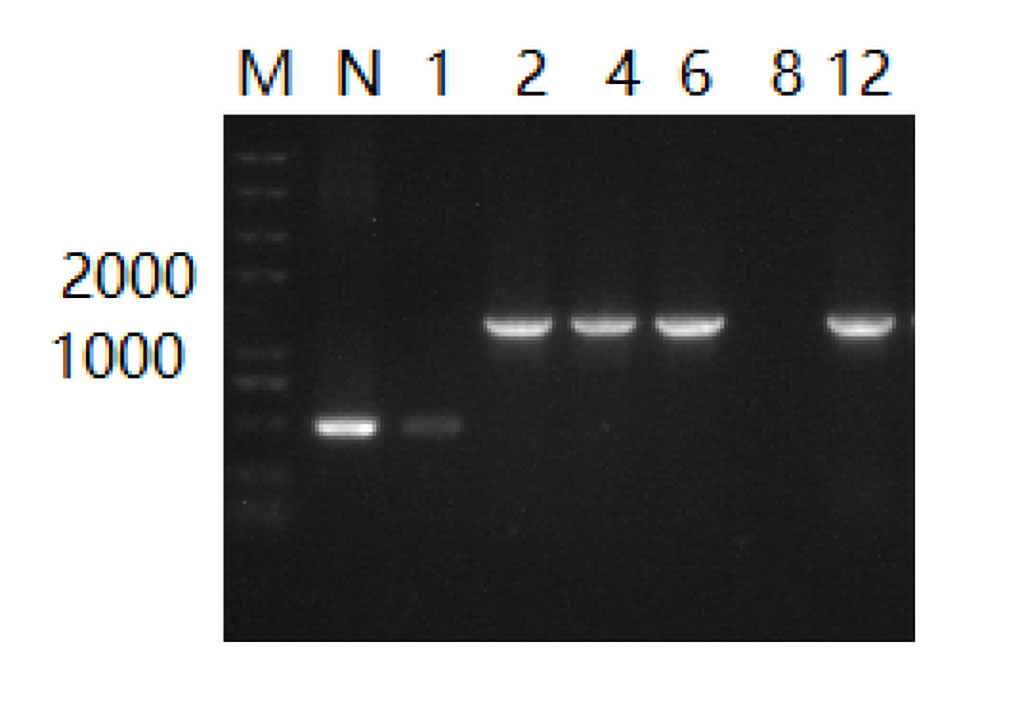
pTac_AdNIT(BBa_K3599009)
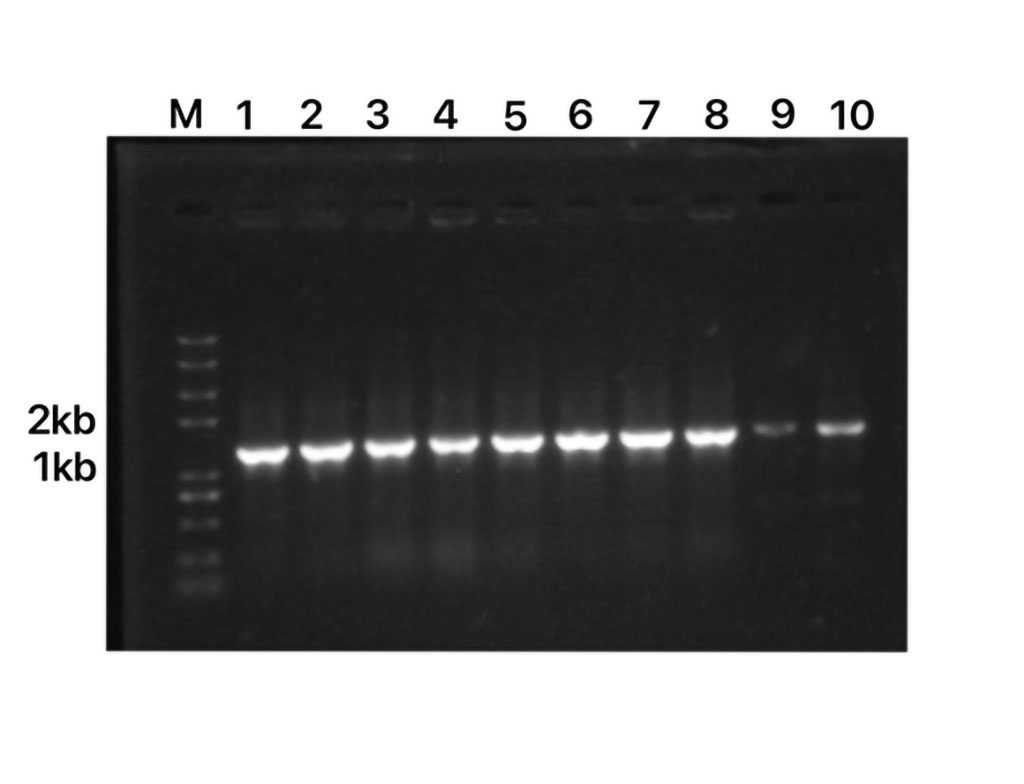
pTac_LaNIT(BBa_K3599008)
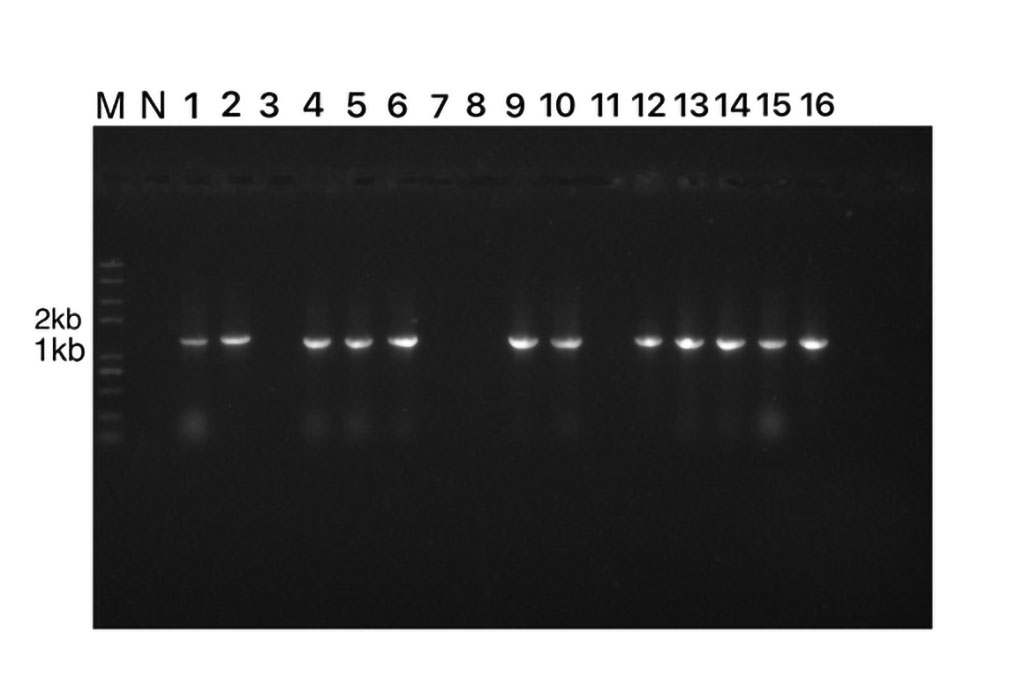
According to the design of NIT, the length of pTac_NhNIT should be 1350bp, the length of pTac_AdNIT should be 1300bp, and the length of pTac_LaNIT should be 1350bp. According to the PCR results shown in Fig.1 to Fig.3, we constructed them successfully.
1. SDS-PAGE verification of nitrilase
We performed SDS-PAGE verification on the fermentation broth of the engineered strain after induction, and the results are shown below.
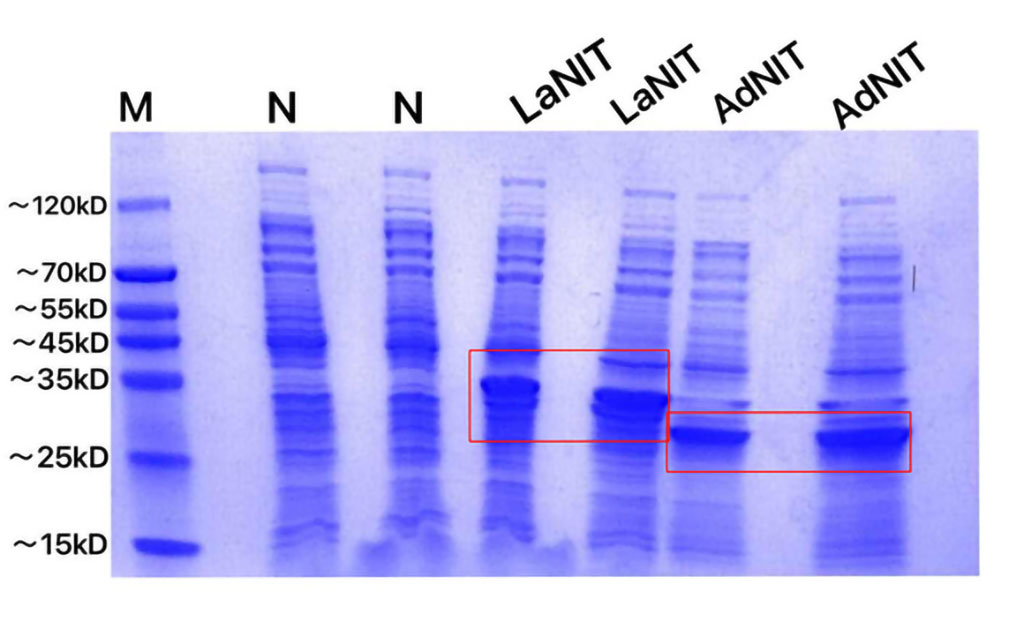
Electrophoresis results show that our sample has a specific band around 31KD compared to the negative control,this proves that the engineered bacteria we constructed have expressed nitrilase protein.
2. Nitrilase Enzyme Activity
The nitrilase has PAN as substrate to degrade PAN into phenylacetic acid and ammonium. Ammonium and Nash reagents can produce reddish-brown precipitation. The shade is proportional to the concentration of NH4+ produced by PAN degradation.
• Standard curve
We plotted the standard curve of the ammonium concentration.The experimental sample's NH4+ concentration can thus be calculated from the standard concentration equation.
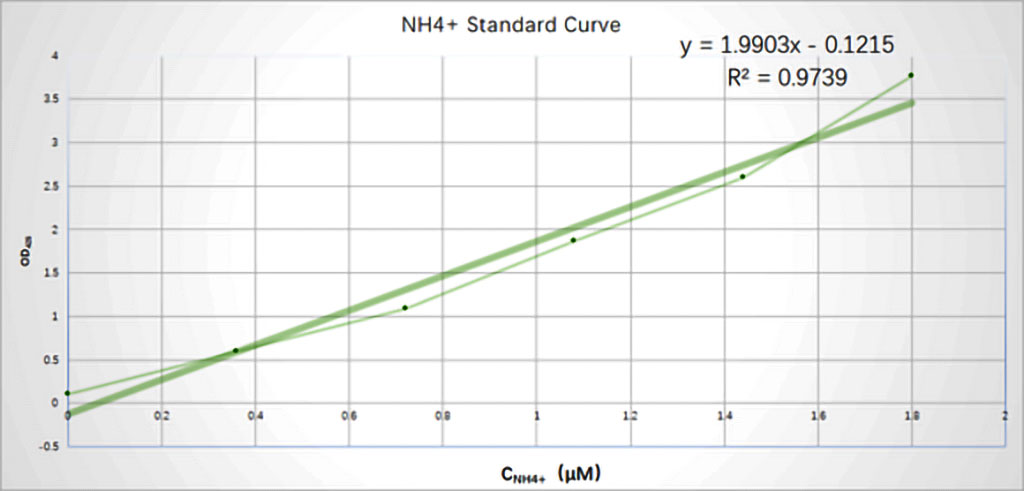
• Nitrilase Enzyme Activity
The activity of nitrilase was verified by detecting the ammonium ions produced by the degradation of PAN by the bacterial liquid. We define U as the amount of PAN that can be degraded per microliter per hour.
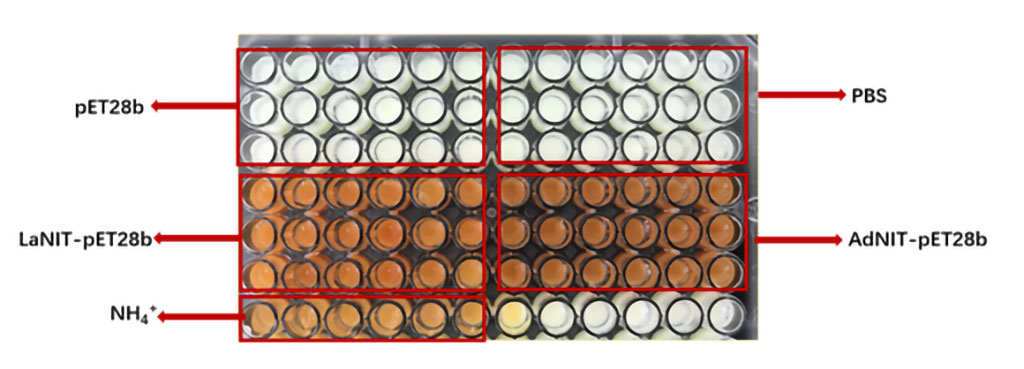
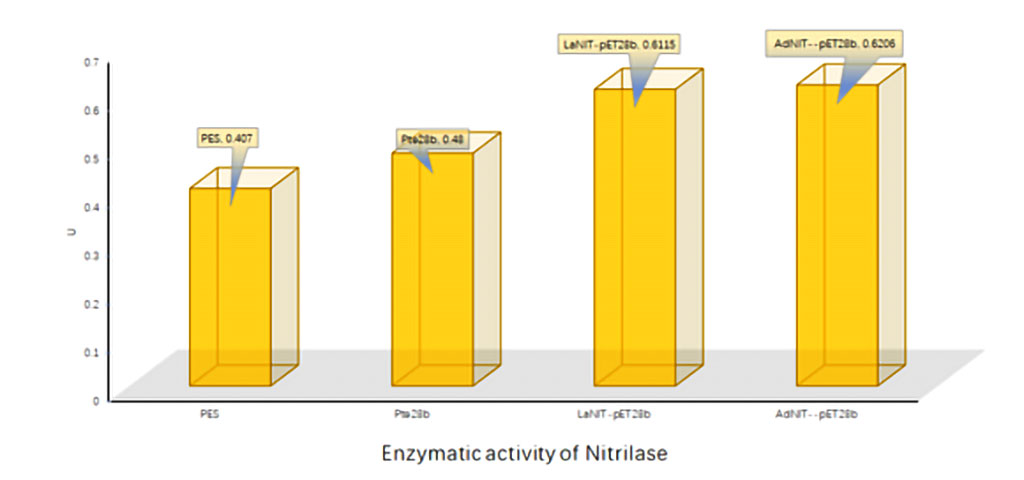
As can be seen from Fig. 7, the U value of pTac_LaNIT is 0.6115, which is 1.27 times that of the negative control;the U value of pTac_AdNIT is 0.6205, which is 1.3 times that of the negative control.These data indicate that our engineered bacteria have high activity of nitrilase.
3. Construction of engineering bacteria for sensor
• Paax _eGFP(BBa_K3599019),Paax _sfGFP(BBa_K3599020)
We aimed to find a broad-spectrum aromatic sensor reacting to PAN molecules.We designed a PaaX Sensor.


• The result of sensor construction
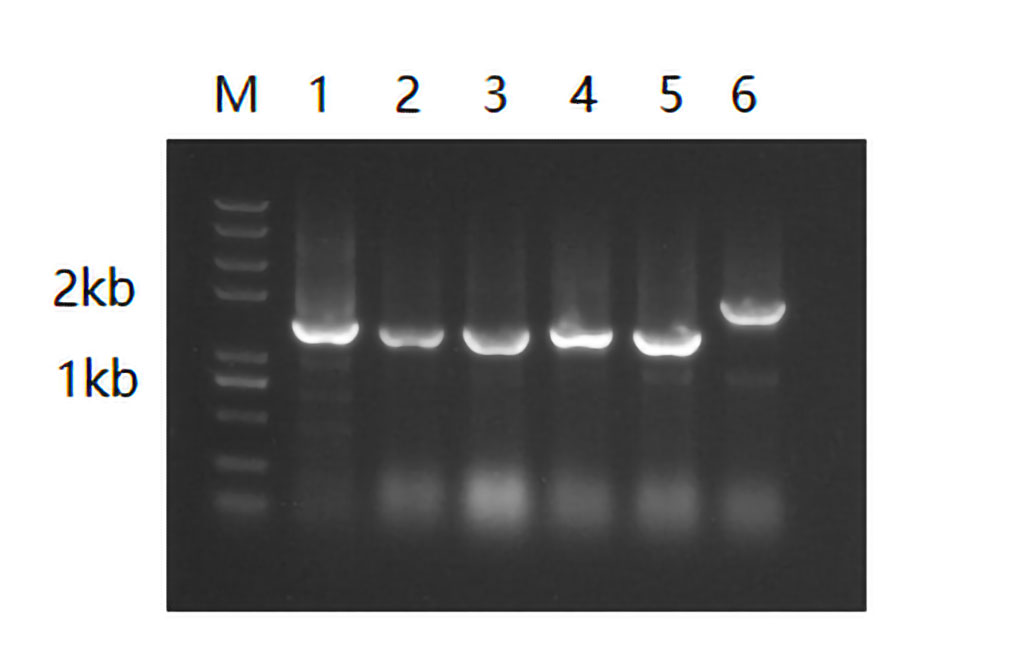

According to the design of sensor,the length of Paax-TF should be 1200 bp. According to the PCR results shown in Fig.8 to Fig.11, they have been constructed successfully.
4. Sensor induced by small molecules
The use of sensors can be divided into two steps. First, we used the most sensitive molecule of each sensor that was reported by the previous teams, to test whether the sensor itself is good. After we confirmed that the sensor is good, then it was tested to see whether it responds to the PAN.
• The fluorescence of the sensor induced by small molecules
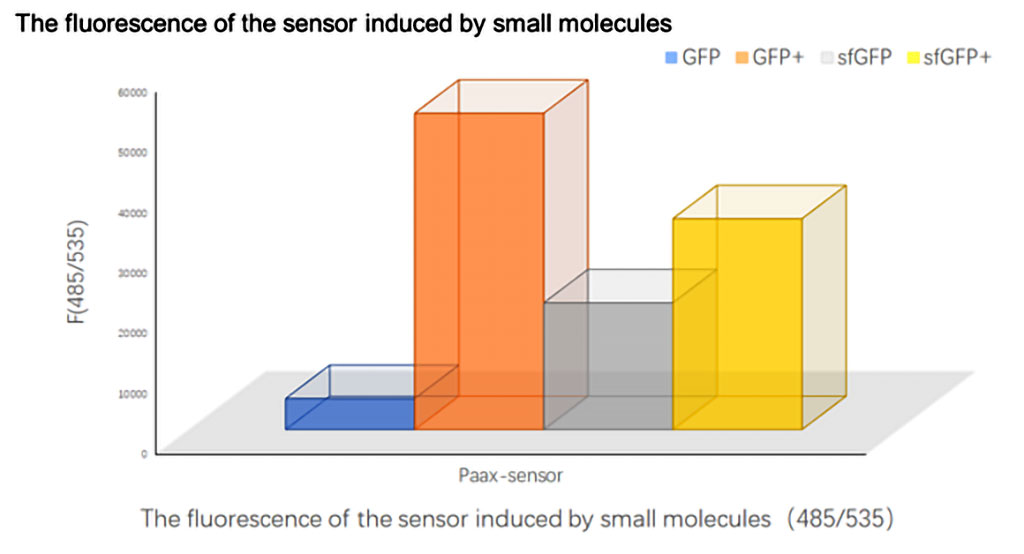
Fig.12 The fluorescence of the Paax- sensor induced by small molecules
Through the corresponding small molecule sensing experiment, Paax_eGFP and Paax_sfGFP have great induction effects on aromatic small molecules.
• The fluorescence of the sensor induced by PAN
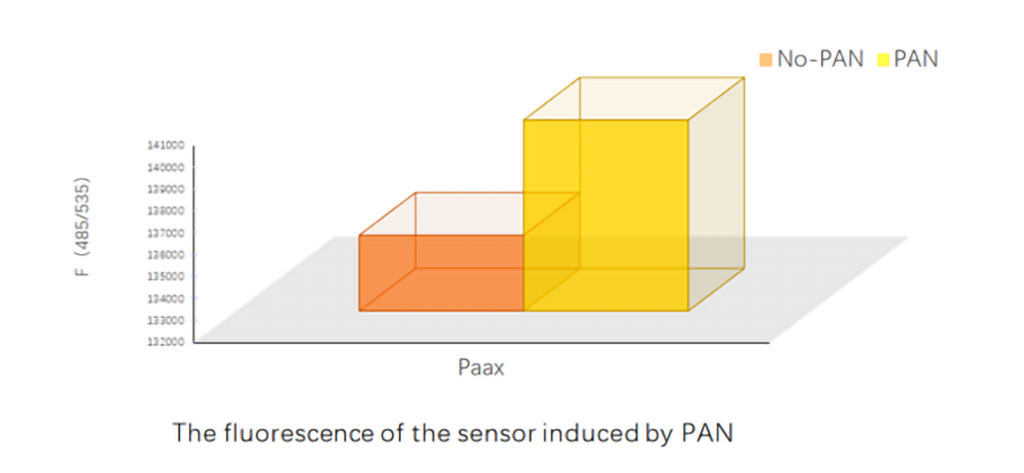
Fig.13 The fluorescence of the Paxx sensor induced by PAN
And here is the fluorescence of different sensors induced by PAN. Through the corresponding small molecule sensing experiment, Paax_eGFP and Paax_sfGFP have great induction effects on PAN.


